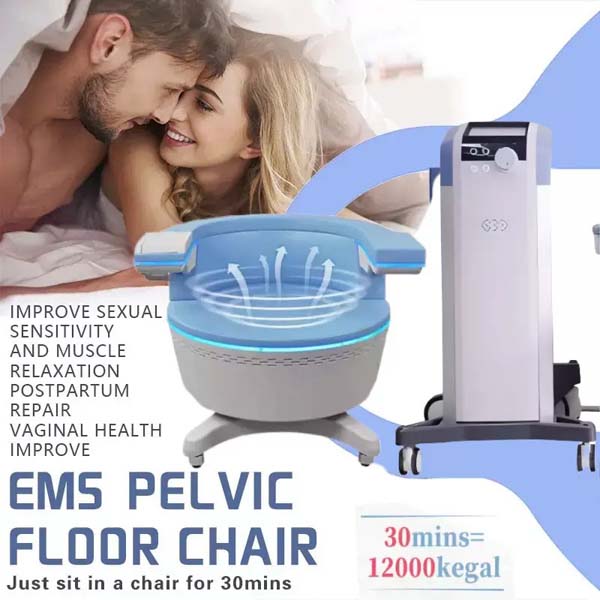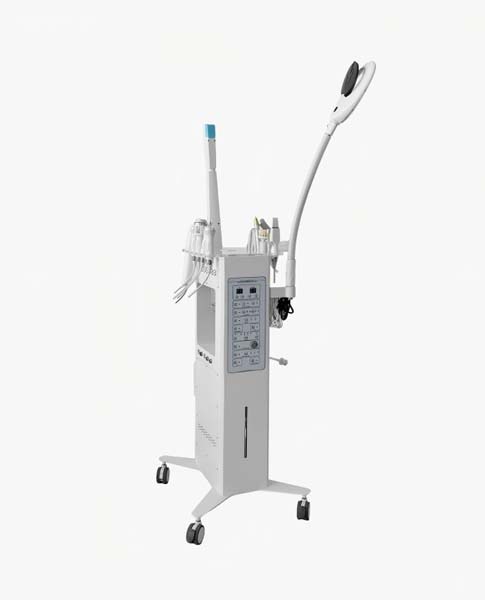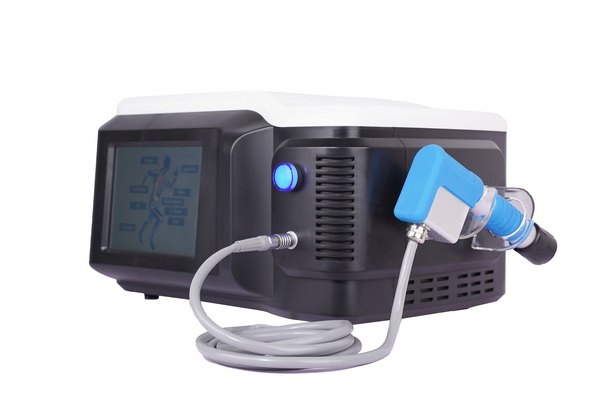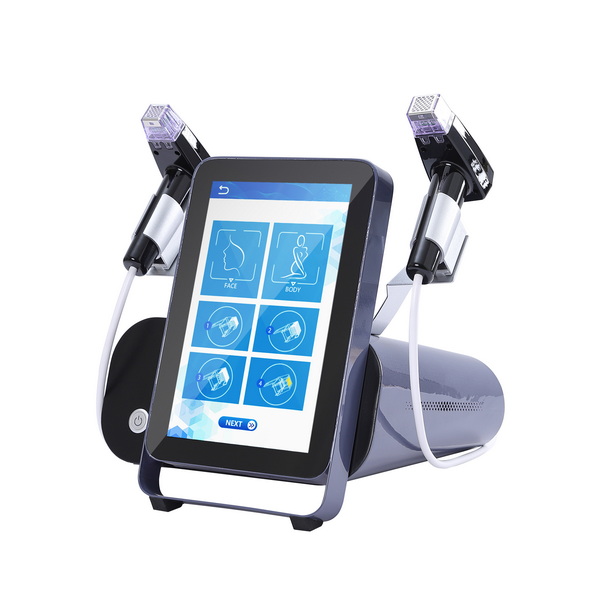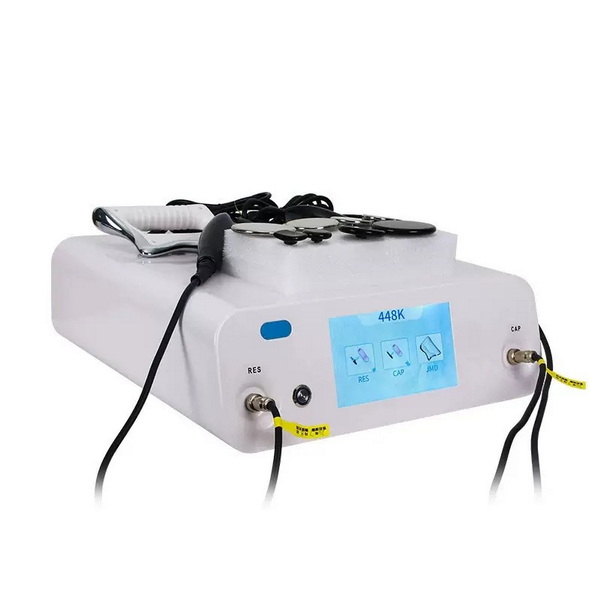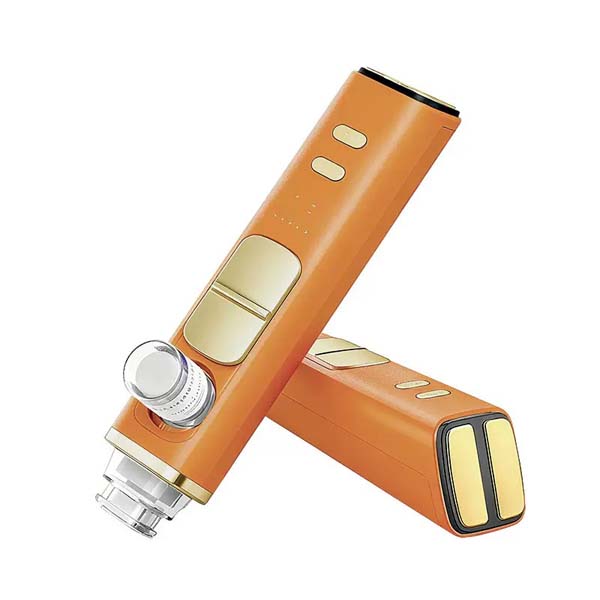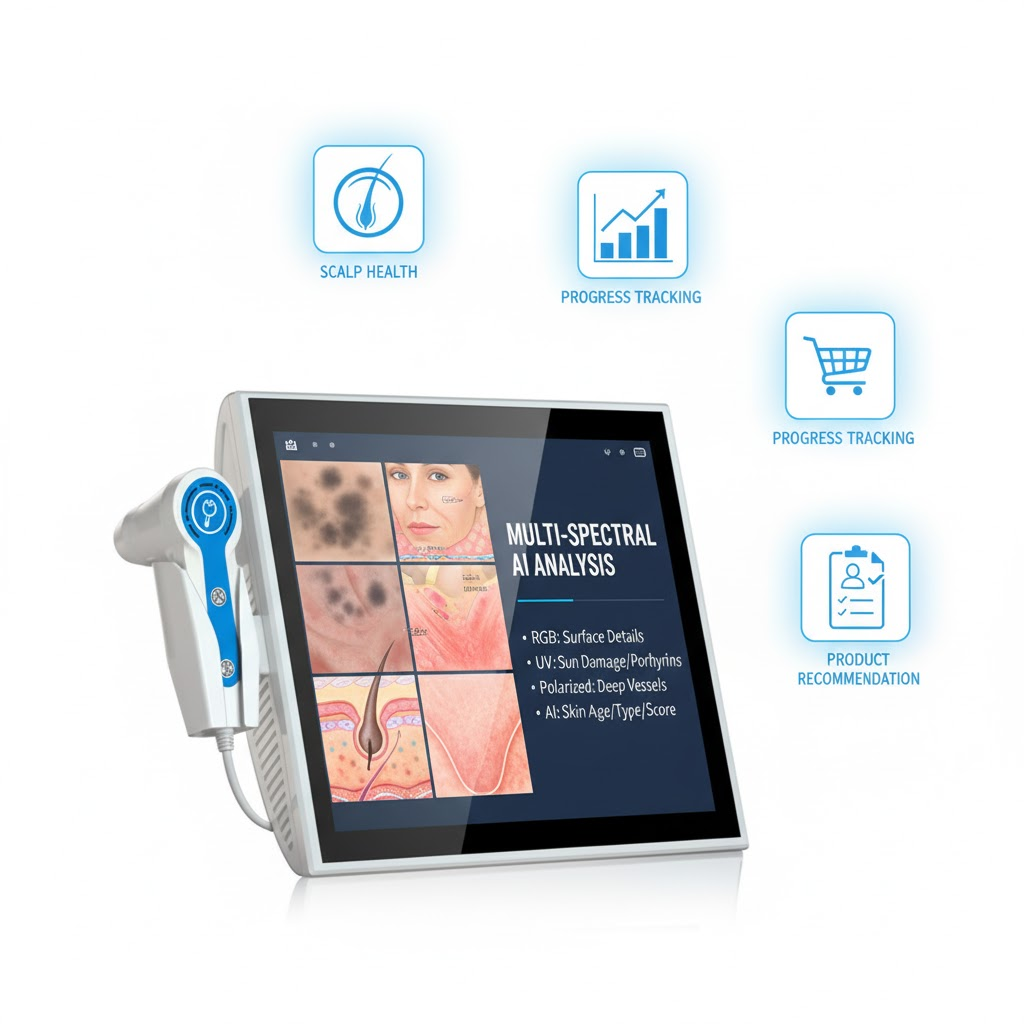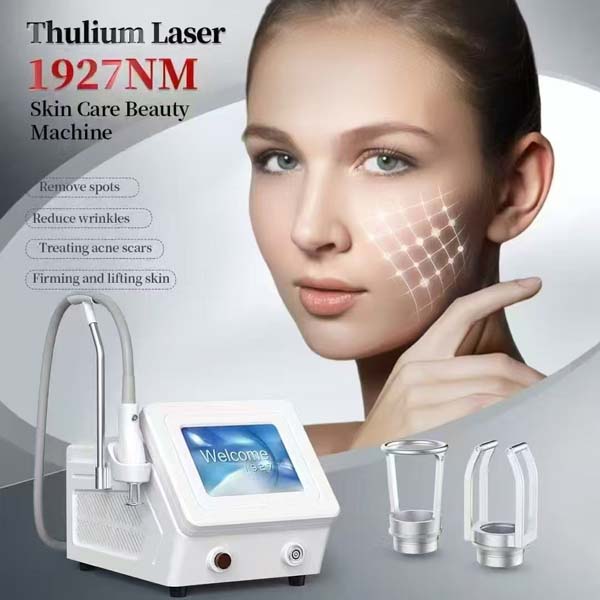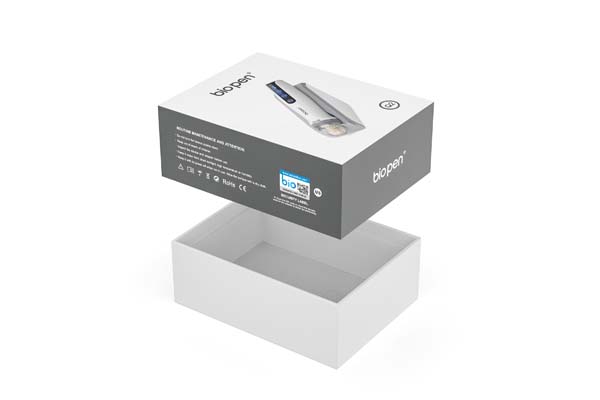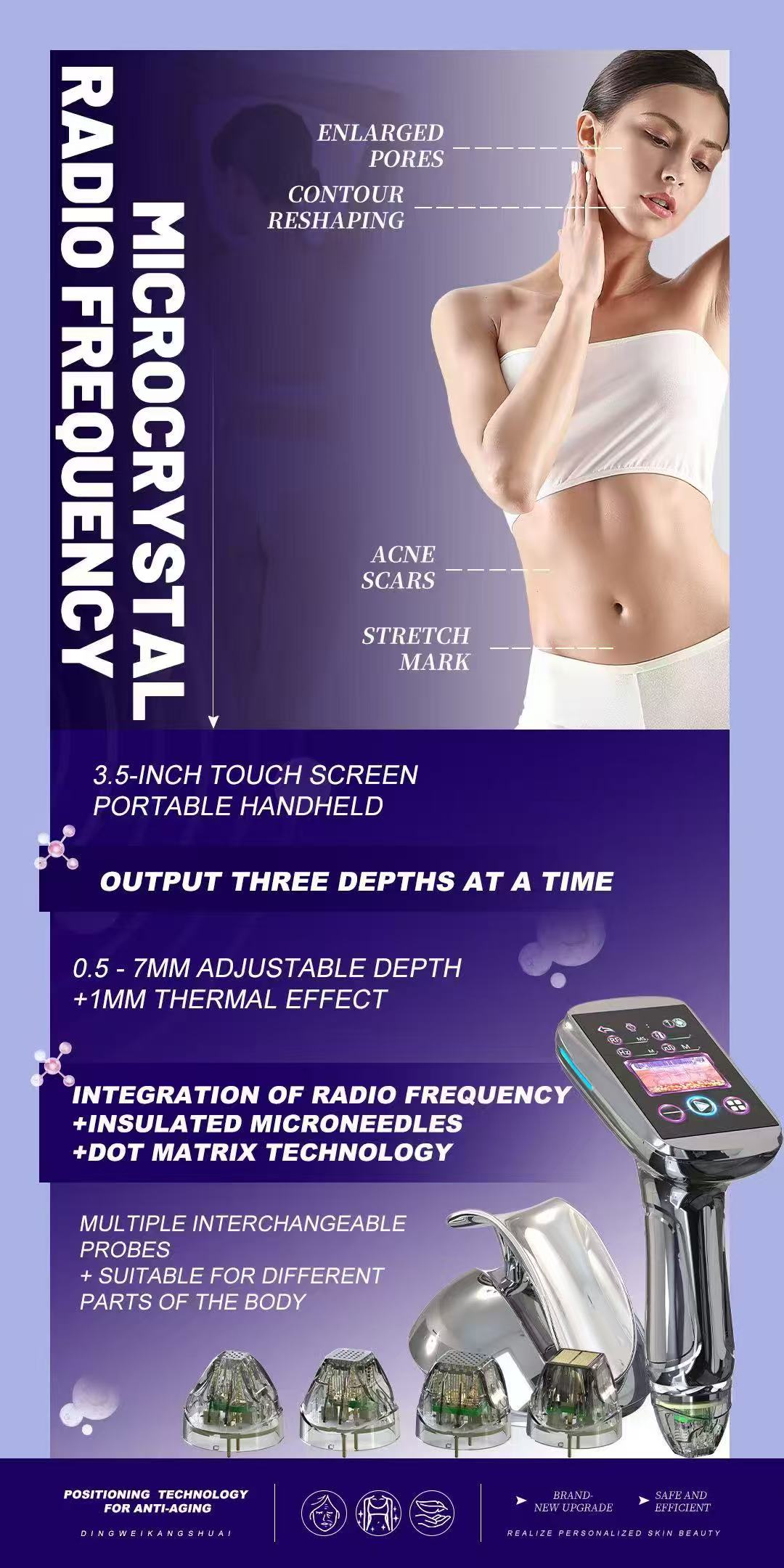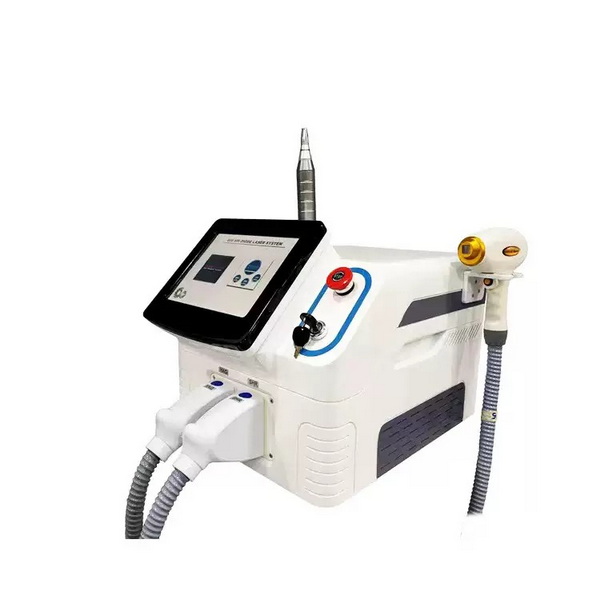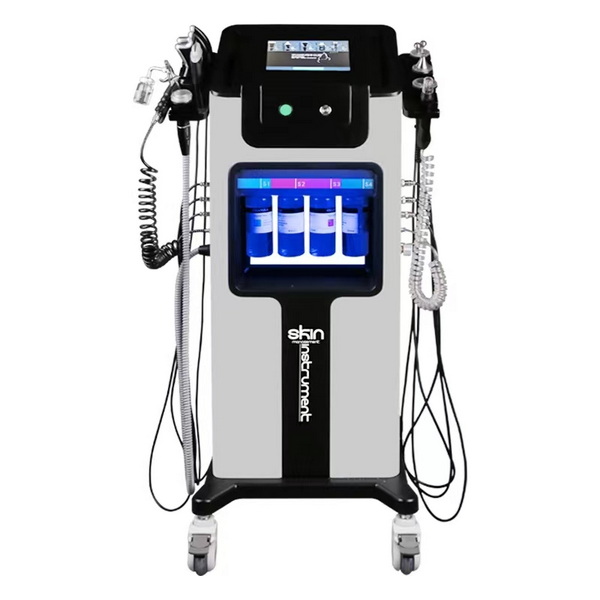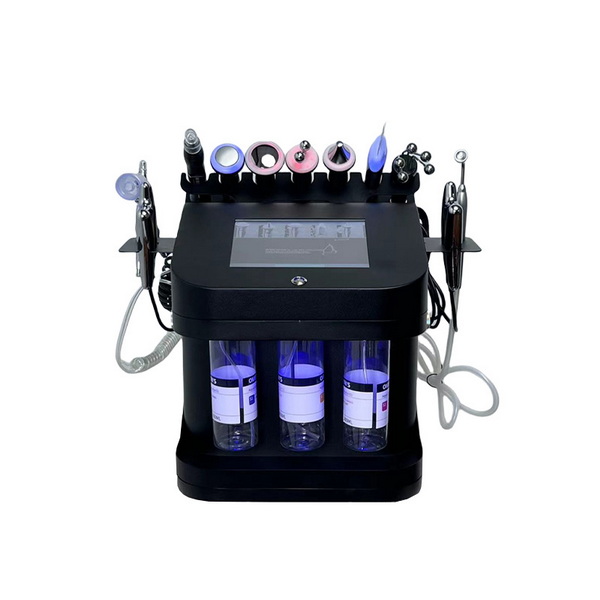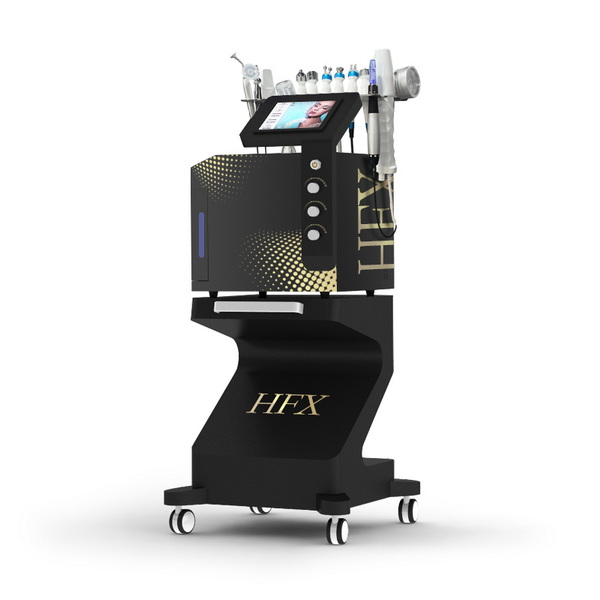The Strategic Imperative of a Resilient Skincare Supply Chain
The global skincare market, valued at over a hundred billion dollars, is a rapidly expanding domain driven by an increasingly informed and health-conscious consumer base. For brands operating within this lucrative sector, the management of the skincare supply chain has evolved from a simple operational function into a core strategic imperative. A resilient and agile skincare supply chain is no longer a competitive advantage; it is a fundamental requirement for navigating a landscape defined by shifting consumer demands, technological disruption, and heightened regulatory scrutiny. This expert-level report provides an in-depth analysis of the anatomy of the modern skincare supply chain, explores the market dynamics shaping its trajectory, and outlines the critical role of technology and sustainability in ensuring its future resilience.
The Anatomy of the Modern Skincare Supply Chain
The journey of a skincare product is a meticulous, multi-stage process that transforms raw ingredients into finished goods, ensuring they reach consumers safely and effectively. This intricate framework requires seamless coordination and adherence to stringent standards at every step.
From Concept to Raw Material Sourcing
The foundation of a reliable skincare supply process is laid long before the first ingredient is mixed. It begins with a deep-seated understanding of market trends and the strategic sourcing of premium, high-performance ingredients.
The process is initiated by identifying market trends and defining a compelling marketing concept. This ideation phase, where scientific expertise meets creative vision, is crucial for developing a formula that is both efficacious and appealing. Research and development teams meticulously study how ingredients interact with each other and with the skin to create products that address specific concerns, such as anti-aging, hydration, or brightening. For instance, a formulation might combine niacinamide with retinol to enhance efficacy while minimizing irritation. The rise of minimalist routines and the “clean beauty” movement has further amplified the need for potent, multi-functional, and transparently formulated products.
Manufacturing, Packaging, and Quality Management
Once formulated, the product transitions into the manufacturing phase, where precision and quality control are paramount. The production process involves the intricate blending, emulsifying, heating, and cooling of components in a controlled, lab-like environment. Adherence to Good Manufacturing Practices (GMP) is essential to ensure product consistency and prevent contamination. The exact steps in the production process vary depending on the product’s form; for example, an emulsion like a lotion requires the precise blending of water and oil phases under regulated temperatures, while a clay-based face mask demands a different protocol.
Packaging is far more than a simple container; it is a critical component of the skincare supply chain. It must not only reflect the brand’s ethos and aesthetic but also protect the product’s integrity from issues like leaks, spoilage, or oxidative damage. For premium brands, thoughtful, high-end packaging is used to create an elevated consumer experience and ensure products arrive in pristine condition.
Throughout this process, rigorous quality control is a non-negotiable step. This includes comprehensive testing of both raw materials and finished products, encompassing microbial testing to check for harmful bacteria, stability testing to ensure ingredients maintain their efficacy, and allergen testing. Adherence to international standards, such as ISO 22716 for GMP, is essential for building and maintaining consumer trust and loyalty. The high value and smaller size of many premium and clinical-grade skincare products make them particularly susceptible to counterfeiting. A lack of visibility and traceability in a complex global supply chain can create vulnerabilities that allow fraudulent products to enter the market. This infiltration not only undermines brand credibility and profitability but also poses significant safety risks to consumers. Therefore, the high cost and strict procedures of quality control are not merely an operational necessity; they are a fundamental defense against a pervasive and growing threat to the integrity of the entire skincare supply chain.
Distribution and Logistics in the Skincare Supply Chain
The final phase of the process involves the precise and efficient delivery of the finished product to the end user. The logistics of the skincare supply chain require careful coordination, encompassing warehousing, order fulfillment, and shipping. A unique challenge for many premium and clinical-grade products is their requirement for temperature-controlled shipping and storage to maintain the efficacy of their active ingredients, which adds significant complexity and cost.
The rise of omnichannel fulfillment has created a new challenge for brands that must manage multiple sales channels simultaneously, from traditional retailers and supermarkets to e-commerce and direct-to-consumer (DTC) platforms. This requires a sophisticated level of integration and agile logistics to balance the needs of each channel while maintaining a consistent brand experience. For smaller brands, navigating complex cross-border shipping and diverse regulations is a major hurdle in competing with larger, more established names.
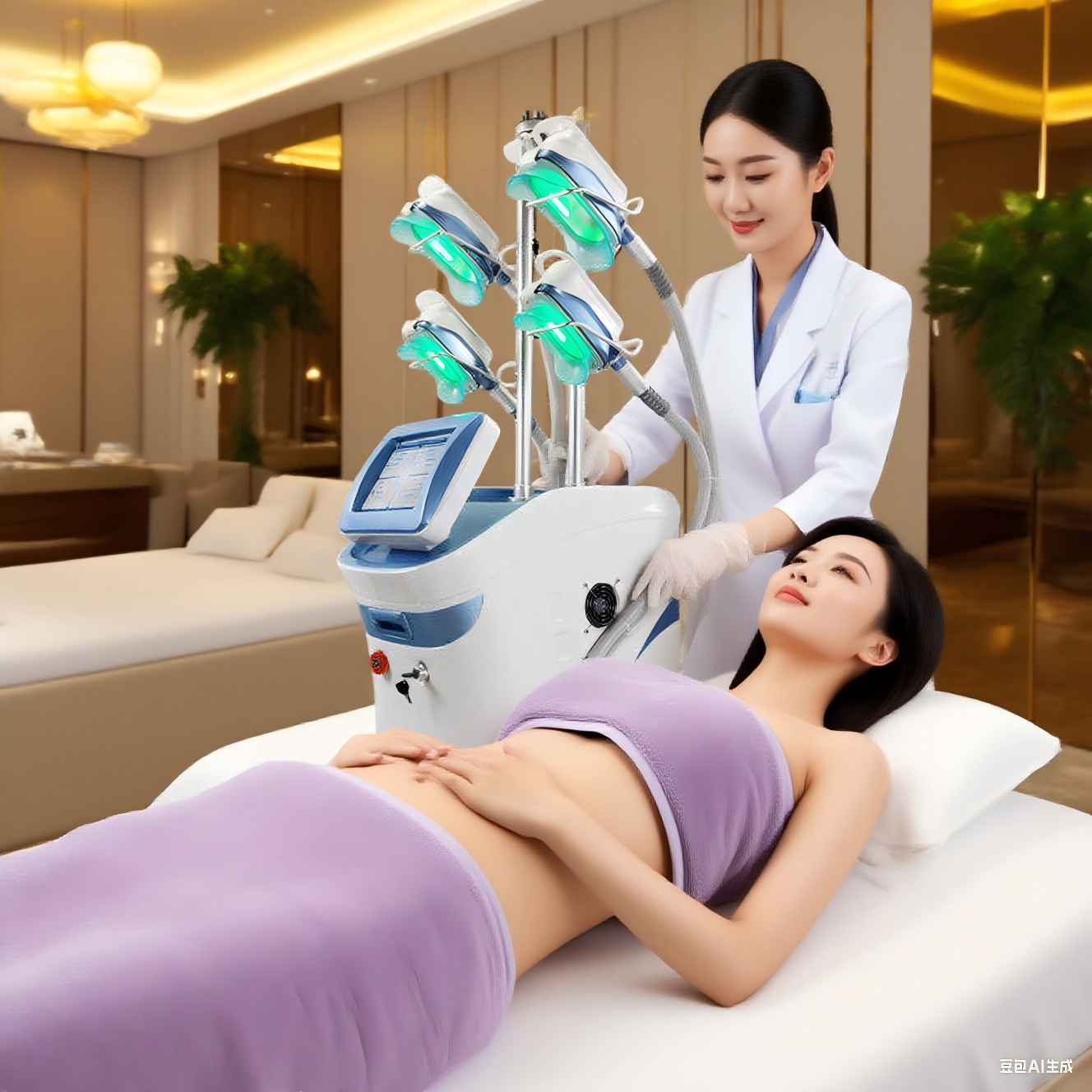
Global Market Dynamics and Trends Reshaping the Skincare Supply
The skincare supply market is a rapidly growing sector, with its dynamics shaped by global economic shifts and evolving consumer behaviors.
An Overview of the Global Skincare Supply Market
The global skincare market is experiencing substantial growth. While market size valuations may vary slightly across different research sources, the consistent trend of robust expansion is undeniable. The market was valued at USD 115.65 billion in 2024 and is projected to reach USD 194.05 billion by 2032, with a compound annual growth rate (CAGR) of 6.84%. Other reports place the market size at USD 171.05 billion in 2024, projecting it to grow at a CAGR of 4.79%. The U.S. market alone is projected to reach USD 30.42 billion by 2032. The Asia-Pacific region holds the largest market share, commanding over 50% in 2024, a position driven by rising disposable incomes and a growing working-class population.
| Attribute | Source
|
Source
|
Source
|
| 2024 Market Size | $115.65B | $171.05B | N/A (2023: $154.88B) |
| Projected 2032 Market Size | $194.05B | N/A (2033: $260.61B) | N/A (2029: $220.75B) |
| CAGR | 6.84% (2025–2032) | 4.79% (2025–2033) | 6.08% (2023–2029) |
| Dominant Region (2024) | Asia Pacific (51.58%) | Asia-Pacific (largest shareholder) | APAC (highest revenue) |
| U.S. Market Size (2024) | N/A | N/A (2024: $30.01B )
|
N/A (2023: $22.90B )
|
Key Drivers of Growth and Changing Consumer Preferences
The impressive growth of the skincare supply market is fueled by a confluence of factors, with evolving consumer behavior at the epicenter.
The influence of social media and digital channels has fundamentally reshaped the consumer journey. Platforms like Instagram and TikTok, driven by beauty influencers, have become powerful tools for product discovery and consumer education. This digital-first environment allows brands to reach a wider audience, influencing purchasing decisions and fostering the growth of new product categories. Consumers are also increasingly prioritizing self-care, wellness, and the desire to maintain a youthful appearance, leading to a strong demand for clinical-grade, high-performance, and anti-aging products. The shift toward wellness has created a robust market for products with active ingredients like ceramides, bio-retinol, and ectoin.
skincare supply chain. This digital education has cultivated a more informed and demanding consumer base that seeks specific, science-backed ingredients, which in turn forces brands to invest more in research and development and to enhance supply chain visibility. The digital trend, therefore, has a direct physical ripple effect on the product development, sourcing, and quality control stages of the entire skincare supply chain.
The Rise of Specialized Segments: Clean Beauty and “Skinimalism”
These two trends have profoundly impacted the skincare supply chain, shifting its focus from volume to value, ethics, and sustainability. The trend toward clean beauty, which favors natural, organic, and cruelty-free ingredients, is a major market driver. Consumers are increasingly conscious of the health and environmental risks associated with conventional chemicals. This demand requires brands to prioritize sustainable and ethical sourcing, using ingredients that are biodegradable or lab-grown.
Navigating Distribution Channels and Operational Challenges in the Skincare Supply
Brands in the skincare supply ecosystem must make strategic decisions about how to get their products to market, all while navigating a crowded and intensely competitive landscape.
Direct-to-Consumer (DTC) vs. Wholesale Models
This is a central strategic choice with significant implications for a brand’s control, profitability, and market reach. The Direct-to-Consumer (DTC) model, where brands sell directly to consumers via e-commerce or brand-owned stores, offers several key advantages. It provides greater control over the customer experience and marketing, allowing brands to sell at the full retail price, which leads to higher profit margins. DTC also enables the personalization of products on a smaller scale. Most importantly, DTC brands gain direct access to real-time customer feedback, which allows for faster product validation and a quicker time-to-market.
The wholesale model, which involves selling to retailers like department stores, salons, or beauty spas, provides a wider market reach by leveraging a retailer’s established audience and distribution network. This model also leads to higher average order values, improved cash flow, and reduced fulfillment costs, as the brand only pays for shipping a single large order rather than many individual ones. Many brands are adopting a hybrid approach, using wholesale to gain exposure while maintaining a DTC channel for higher profitability and direct customer relationships. The value of the DTC model extends beyond profitability and control. The direct access to customer feedback creates a powerful, real-time data feedback loop. Brands can quickly test new product ideas and validate consumer demand before investing heavily in research and development and mass production. This capability links the distribution model directly to the foundational stages of the
skincare supply chain—concept development and formulation—by allowing for more agile and responsive product development, minimizing risk, and ensuring the final product truly meets market needs.| Feature | Direct-to-Consumer (DTC) | Wholesale |
| Control | High. Brand controls marketing, pricing, and customer experience.
|
Low. Retailers have final say on sales and may divert customers.
|
| Profitability | Higher profit margins per unit. | Lower profit margins per unit.
|
| Market Reach | Requires significant marketing investment to build an audience. | Leverages the retailer’s existing, built-in audience.
|
| Average Order Value | Lower, as consumers buy a few items. | Higher, as B2B buyers purchase in bulk.
|
| Customer Feedback | Direct and immediate feedback via owned channels.
|
Indirect, mediated through the retailer. |
| Logistics | Higher fulfillment costs per unit; manages many small orders.
|
Reduced operating costs; manages a few large orders.
|
E-commerce and its Transformative Impact on the Skincare Supply
The rapid expansion of e-commerce has been a major driver of growth and a source of disruption in the skincare supply market. E-commerce offers consumers unmatched convenience and a wider range of products, unconstrained by the limitations of physical stores. This has fueled market growth, with North America leading with a high revenue share due to its well-established e-commerce infrastructure. The e-commerce landscape is uniquely positioned to deliver personalized skincare solutions, a key consumer trend. Brands are leveraging data analytics and artificial intelligence to provide detailed skin assessments and customized product recommendations directly to consumers, which helps build brand loyalty and drives market growth.
Overcoming Operational Hurdles: From Counterfeiting to Saturation
Despite its growth, the skincare supply market is intensely competitive and faces significant operational challenges. The U.S. market, in particular, is highly saturated with heritage brands, indie startups, and celebrity lines. The low barrier to entry via e-commerce has flooded the market, leading to consumer fatigue and pressure on brands to deliver true innovation to stand out. Counterfeit beauty products are a growing threat that undermines brand credibility and poses safety risks, a challenge exacerbated by the global nature of the supply chain, which can make it difficult to trace product origins. The intense market saturation is not just a commercial challenge; it is a powerful force driving innovation and technological adoption throughout the
skincare supply chain. To stand out, brands must invest heavily in research and development and influencer partnerships. This pressure to innovate and gain a competitive edge creates a direct demand for technology. Companies are turning to AI and advanced analytics for better demand forecasting , and to blockchain for ingredient traceability , which can help combat counterfeiting and enhance transparency. The competitive nature of the market is directly compelling the industry to embrace digital transformation and build a smarter, more resilient skincare supply chain.
The Critical Role of Regulatory Compliance and Quality Control
Ensuring product safety and efficacy is paramount in the skincare supply chain. The regulatory landscape is constantly evolving, requiring brands to be proactive in their compliance efforts.
The Evolving Regulatory Landscape: The MoCRA and Beyond
The Modernization of Cosmetics Regulation Act of 2022 (MoCRA) represents the most significant expansion of the FDA’s authority to regulate cosmetics since 1938 and has fundamentally changed the landscape of the skincare supply chain. MoCRA introduces several critical, mandatory requirements for brands and manufacturers. Responsible parties must now report any serious adverse events associated with a product’s use to the FDA within 15 business days. Additionally, each marketed cosmetic product must be listed with the FDA, with annual updates. A crucial requirement is the need for brands to ensure and maintain records that support the adequate safety substantiation of their products. The most profound change introduced by MoCRA is the shift from a largely voluntary regulatory system to a mandatory, regulated one. Before MoCRA, adverse event reporting and safety substantiation were largely voluntary. The new mandates fundamentally alter the legal and operational risk profile for all players in the skincare supply chain, raising the barrier to entry and making meticulous record-keeping and robust safety data a baseline operational requirement, rather than an optional best practice.
Implementing Good Manufacturing Practices (GMP) and Ensuring Quality
Good Manufacturing Practices (GMP) are a set of guidelines designed to ensure products are consistently produced to meet quality standards appropriate for their intended use. This includes clear guidelines for personnel training, facility maintenance, raw material and product control, and record-keeping. To ensure compliance, manufacturers must conduct regular audits of their suppliers’ facilities and processes to identify potential risks and ensure adherence to quality standards and regulatory requirements.
Future-Proofing the Skincare Supply Chain: Technology and Sustainability
The future of the skincare supply chain is being shaped by two powerful forces: technological innovation and a deep commitment to sustainability.
Leveraging Technology for Supply Chain Optimization
Cutting-edge technologies are providing brands with the tools to build a more efficient, visible, and resilient skincare supply chain. Brands are leveraging AI-driven predictive analytics and machine learning to enhance demand forecasting, allowing them to anticipate customer demand with greater accuracy, manage inventory more efficiently, and minimize waste. By integrating Internet of Things (IoT) technologies, brands can gain real-time visibility into their supply chain. IoT sensors can monitor environmental conditions like temperature during transportation, which is crucial for maintaining product integrity and safety. Blockchain technology provides enhanced traceability and transparency in the
skincare supply chain. It can securely track the origins of raw materials and finished products, promoting authenticity and ethical sourcing while helping to combat the pervasive threat of counterfeiting. The adoption of technologies like AI, IoT, and blockchain is not just about operational efficiency; it is about building a foundation of trust that directly impacts profitability. For example, IoT-driven visibility allows for precise supplier risk assessments, leading to more reliable partnerships and preventing costly disruptions. Blockchain’s ability to ensure traceability directly addresses consumer demand for transparency and helps combat a core challenge of counterfeiting. These technologies are not disparate tools; they form a cohesive strategy that links enhanced operational efficiency and product integrity to an increase in consumer trust and, ultimately, sustained profitability.
| Technology | Operational Function | Impact on the Skincare Supply Chain |
| Artificial Intelligence (AI) | Predictive analytics, demand forecasting, inventory management.
|
Anticipates consumer trends, reduces waste, and optimizes working capital.
|
| Internet of Things (IoT) | Real-time supply chain visibility, environmental monitoring.
|
Ensures product quality and safety during transit by monitoring temperature and conditions.
|
| Blockchain | Enhanced traceability, secure record-keeping.
|
Verifies ingredient authenticity, promotes ethical sourcing, and combats counterfeit products.
|
The Imperative of Sustainable and Ethical Practices
Sustainability has moved beyond a marketing buzzword to become a core strategic pillar for the skincare supply chain. Brands are increasingly prioritizing suppliers who adhere to fair trade practices and sustainable farming methods. This requires full transparency and traceability in ingredient origins, often facilitated by technology. There is also a significant shift toward using biodegradable, recyclable, and refillable packaging to reduce plastic waste and environmental impact. The pursuit of sustainability is not simply a matter of corporate social responsibility; it is directly tied to business resilience. For instance, focusing on sustainable sourcing can lead to diversified supplier networks, which mitigates risk from single-source disruptions. Investing in eco-friendly packaging can reduce material costs and align with consumer values, enhancing brand reputation and customer loyalty. The core conclusion is that sustainable practices, far from being an added cost, are a strategic investment that builds a more robust, agile, and forward-thinking skincare supply chain, better prepared for future challenges.
Conclusion and Strategic Recommendations
The global skincare supply chain is at a pivotal inflection point, shaped by unprecedented growth, evolving consumer demands, and a tightening regulatory framework. To thrive in this complex landscape, brands must move beyond traditional operational models and embrace a holistic, strategic approach. This involves integrating cutting-edge technology for enhanced visibility and efficiency, prioritizing sustainability as a core value, and leveraging data to build a resilient, consumer-centric, and future-proof skincare supply ecosystem. Success will depend on the ability to understand and adapt to this dynamic environment, transforming operational chall

